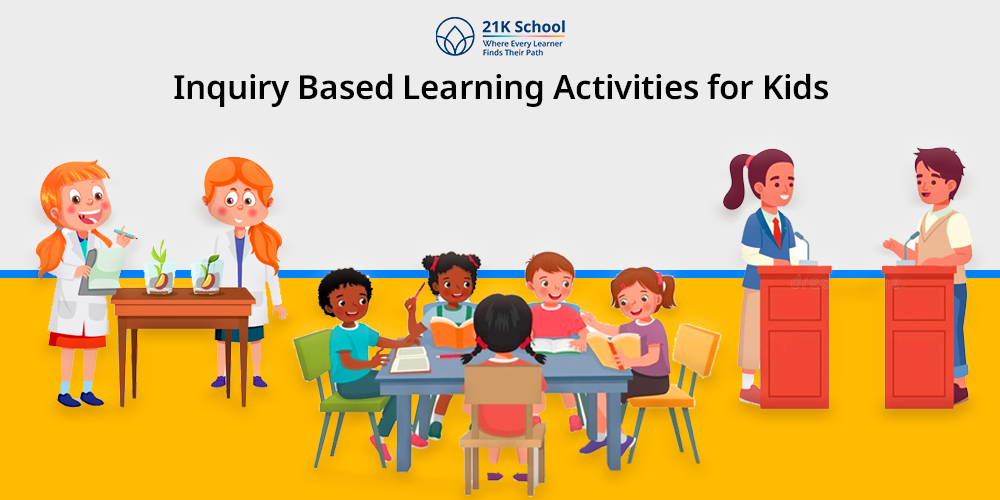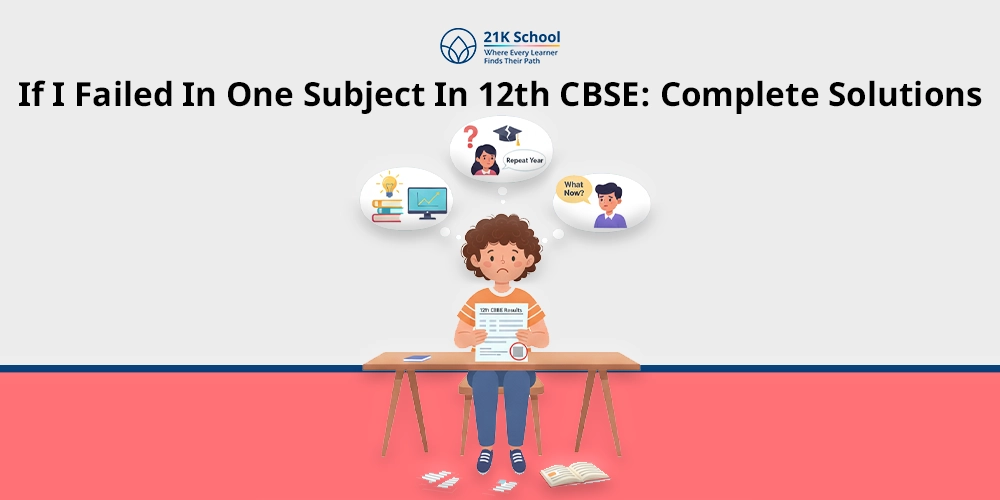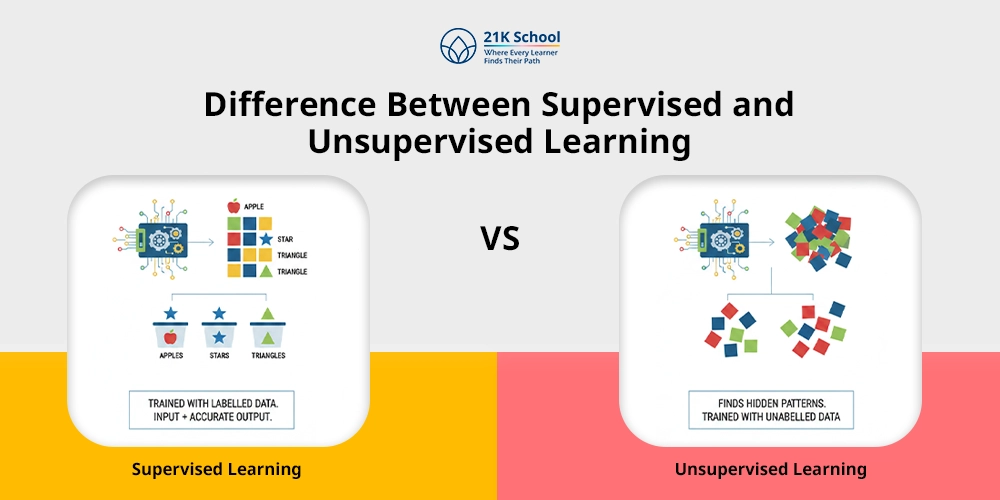
Are you someone who sees a curious mind and at the same time creative thinking skills in kids? If yes you are at the right place.
Have you ever seen how children are natural explorers and interested to learn more? Kids are full of questions such as,
- Why is the sky blue? Or
- What happens if I plant a candy? Or
- What happens if I accidentally eat a seed of a fruit?
These questions build natural curiosity and are actually the perfect starting point for something popularly known as Inquiry-based Learning .
Inquiry-based learning is an ideal approach to answer these questions instead of just giving simple answers. It will encourage them to investigate, experiment, and discover things for themselves.
Inquiry-based learning is the unique way of learning which builds critical thinking skills , creativity, and confidence in learners.
In this guide, let’s explore some simple, engaging inquiry-based learning activities parents can try at home or facilitators in the classroom setting.
Ready to dive in?
Contents
- What is Inquiry Based Learning?
- What are Inquiry Based Learning Activities?
- 15 Popular Inquiry Based Learning Activities for Kids
- 1. Science Experiments
- 2. Classroom Debates
- 3. Field Trips
- 4. Object/Artifact Analysis
- 5. Jigsaw Learning
- 6. Question Development
- 7. Concept Mapping
- 8. Hands-on Construction
- 9. Research Projects
- 10. Reflective Journals
- 11. Mystery Skype
- 12. History Detectives
- 13. Environmental Exploration
- 14. Math in the Real World
- 15. My Favorite Mistake
- Tips to Implement Inquiry Based Learning Activities in the Classroom
- Conclusion
What is Inquiry Based Learning?
Inquiry-based learning is a student-centered teaching method in which students can explore and investigate real-world problems or situations.
Also explore student-centered learning .
Instead of passively receiving information learners get a chance to find out what, why and how like questions.
The method works with questioning, exploration and problem-solving , encouraging learners to take ownership of their learning journey.
In simple words, a fun, hands-on approach that turns everyday questions into exciting learning real life adventures.
What are Inquiry Based Learning Activities?
Inquiry-based learning activities where learners can actively explore, investigate, and discover answers to their questions.
These activities involve students formulating their own questions, researching concepts that increase their interest and engaging in hands-on investigations.
This kind of learning is ideal to foster deeper understanding and critical thinking. Examples include experiments, research projects, classroom debates and problem-solving challenges.
15 Popular Inquiry Based Learning Activities for Kids
Inquiry-based learning activities for kids include various engaging ways which help kids in active exploration and discovery through questioning and investigation.
Some common activities like experiments, classroom debates, projects, and group work. Each activity is tailored to foster critical thinking and improve problem-solving skills .
Here are some specific inquiry-based learning activities for kids aged between 6 to 12 year old:
1. Science Experiments
Science experiments are essential in inquiry-based science education because they provide students with practical experiences.
Example of inquiry-based learning science experiments growing seeds, mixing colors, floating and sinking etc. These are popular science experiments for class 1 , class 3 & class 4 .
As a parent or learner must explore science experiments for young scientists or science experiments for high school .
Activity Idea: Ask kids to tailor and carry out their own science experiments. For instance: “What materials make the best insulator?”
Why It Works: Kids formulate hypotheses, test them through experimentation, and draw conclusions.
Tips: Use simple household items, keep it age-appropriate, and guide them through the scientific method.
2. Classroom Debates
Classroom debates is a kind of inquiry-based learning activity for kids. It encourages them to research, analyze and present arguments on various topics.
Activity Idea: Organize a structured debate around a thought-provoking question like, “Should animals be kept in zoos?”
Why It Works: Debates require research, critical thinking, and the ability to see multiple sides of an issue. Learn how to develop critical thinking skills in students .
Tips: Teach respectful discourse and ensure every child gets a chance to participate.
3. Field Trips
Field trips are excellent inquiry-based learning activities for kids which helps them to explore, question and discover new things in real-world settings.
Activity Idea: Visit a science museum, botanical garden, or historical site. Prepare questions beforehand and reflect afterward.
Why It Works: Real-world experiences stimulate inquiry through observation and exploration.
Tips: Follow up with a group discussion or a reflective journal entry.
4. Object/Artifact Analysis
One of the popular inquiry-based learning activities such as using object or artifact analysis guides learners to investigate and draw conclusions about the world around them.
Activity Idea: Present students with an unfamiliar object (e.g., an old tool or antique item) and ask, “What do you think this is? How might it have been used?”
Why It Works: Encourages observation, hypothesis formation, and historical thinking.
Tips: Use items from museums, family heirlooms, or even everyday objects with an unknown twist.
5. Jigsaw Learning
Jigsaw learning is a cooperative learning method in which individuals become “experts” on a specific part of a topic.
Later, teach that knowledge to their classmates. This will create a complete understanding of the subject like pieces of a puzzle.
Activity Idea: Divide a topic (like the water cycle) into parts. Each group studies one part, then teaches it to the rest of the class.
Why It Works: Students take ownership of learning and must understand their topic well enough to teach it.
Tips: Offer resources and guide students in presenting their segment clearly.
6. Question Development
Inquiry-based learning main objective is to foster curiosity and critical thinking through active exploration and questioning.
Here students investigate or develop questions that encourage them towards different levels of inquiry.
Activity Idea: Begin a unit by asking students to generate a list of questions they want to explore. For example, in a unit on ecosystems: “Why do some animals hibernate?”
Why It Works: Builds curiosity and personal connection to the subject.
Tips: Use “question starters” like “Why,” “How,” or “What if.”
7. Concept Mapping
Concept mapping means a visual tool used to represent relationships between concepts and ideas.
Concept mapping, and inquiry-based learning together can become a powerful tool for engaging kids in deeper learning.
Activity Idea: Create a visual map connecting ideas around a topic like “Energy Sources.” Kids draw links between solar, wind, fossil fuels, and so on.
Why It Works: Helps kids organize and make sense of complex information.
Tips: Let students build maps collaboratively using sticky notes or drawing tools.
8. Hands-on Construction
Hands-on construction is a design-based activity that solves a problem through building or modeling.
For example, building bridges from straws to explore engineering principles.
Activity Idea: Ask kids to build a bridge using only popsicle sticks and glue, then test its strength.
Why It Works: Encourages engineering thinking, planning, and trial-and-error learning.
Tips: Provide clear challenges and time for reflection on what worked and what didn’t.
9. Research Projects
A popular inquiry-based learning activity such as research projects where learners choose a topic of interest, formulate a question, and explore through guided research.
They can investigate how animals adapt to their environment or causes of landscape or tsunami.
Activity Idea: Have kids choose a topic of interest and create a mini research report or presentation. For example, What causes earthquakes?
Why It Works: Teaches independent inquiry, research skills, and synthesis of information.
Tips: Guide students in evaluating sources and citing them properly.
10. Reflective Journals
Reflective Journals in inquiry-based learning where kids document their learning journey, ask questions, and reflect on discoveries.
Kids write journal entries in the classroom during a unit on space exploration.
Activity Idea: After each inquiry activity, students write about what they did, what they discovered, and what they still wonder.
Why It Works: Encourages metacognition thinking about thinking.
Tips: Provide prompts such as “Today I learned…” or “I was surprised by.
11. Mystery Skype
Mystery Skype is a global guessing game where learners use geography and critical thinking to find out where another classroom is located. It is a 45-60 minute challenge.
Activity Idea: Connect with a classroom in another part of the world via Skype. Students ask yes/no questions to figure out the location of the other class.
Why It Works: Sharpens questioning, deduction, and geographic awareness.
Tips: Prepare a list of smart questions and reflect on cultural learnings afterward.
12. History Detectives
One of the ideal inquiry-based learning such as history detectives where individuals analyze documents, images, and stories to uncover the truth about historical events.
Students investigate who wrote an anonymous letter during a revolution.
Activity Idea: Give students clues from a historical event (photos, diary entries, newspaper headlines) and ask them to piece together the story.
Why It Works: Develops inference, historical and analysis thinking skills .
Tips: Use real or fabricated sources and let students work in small teams.
13. Environmental Exploration
Inquiry-based learning activities for kids focusing on environmental exploration. It sparks curiosity and promotes a deeper understanding of the real world.
Some common examples of inquiry-based learning activities include nature walks, gardening and planting etc.
Activity Idea: Take students outside to explore a local park or schoolyard. Ask them to document plants, animals, or signs of pollution.
Why It Works: Connects learning with the real world and fosters environmental stewardship.
Tips: Use tools like magnifying glasses, sketchbooks, or mobile apps for identification.
14. Math in the Real World
Math in the real world means kids solve authentic problems using math concepts in real-life contexts.
This can be done by budgeting for a classroom party or planning a trip using maps. Also explore various maths games for kids .
Activity Idea: Ask students to solve a real-world math problem like planning a class party budget or calculating how much paint is needed for a room.
Why It Works: Makes math meaningful and applicable.
Tips: Allow for multiple solution paths and discussion of strategies used.
Explore in detail to understand how to learn maths easily .
15. My Favorite Mistake
My Favorite Mistake is an activity in which learners analyze mistakes they made, reflect on what they learned, and share how it helped them grow.
For example, a learner made a math error that revealed a misunderstanding of place value. These kinds of activities are ideal to engage students .
Activity Idea: Ask kids to share a mistake they made during an activity and explain what they learned from it.
Why It Works: Fosters a growth mindset and reflection on the learning process.
Tips: Normalize mistakes as part of learning and celebrate insights gained.
Tips to Implement Inquiry Based Learning Activities in the Classroom
For effective implementation of inquiry-based learning in kids’ lives, facilitators should foster a culture of curiosity, design engaging activities and guide them through the inquiry process.
Here’s some proven tips to implement inquiry based learning activities in the classroom:
1. Spend Time Building Inquiry Based Learning Habits
Starting with an inquiry classroom is a great way to make kids habitual on inquiry based learning.
Facilitators help learners to understand and gain skills like problem-solving, collaboration, resourcefulness and patience.
However, it takes time based on the learner’s dedication and needs. Spending time helps in building inquiry based learning habits slowly but effectively.
2. Design Engaging Activities
Implementation of inquiry-based learning can be more effective when facilitators create a classroom environment that fosters curiosity, encourages student , questions and provides opportunities for investigation and reflection.
It’s important to ask good or thought-provoking questions and encourage student-led investigations.
3. Guide Students Through the Inquiry Process
Inquiry based learning activities guide students through the inquiry process.
To do so, teachers should foster a culture of interest, guide learners through the inquiry process and provide appropriate resources and support.
4. Cultivate a Curious and Supportive Environment
To cultivate a curious and supportive environment, facilitators should focus on creating a classroom culture where learners feel safe to explore, ask questions and learn from each other.
They can also take help by encouraging open-ended questions, providing ample opportunities to explore and collaborate.
Conclusion
Inquiry-based learning is not a simple teaching technique, it’s a mindset designed to learn in a better way.
Parents and facilitators should let children’s questions drive their learning and empower them to become lifelong learners instead of relying on tests. It helps them unlock the benefits of lifelong learning while enhancing their inquiry-based learning abilities.
By doing hands-on experiments with reflective journaling, the activities mentioned above spark kids’ curiosity into the next level.
Inquiry-based learning is ideal for deepening understanding and helping kids develop the essential skills they will need to navigate an ever-changing world.
If you are a parent, educator or homeschooler, inquiry-based learning activities for kids are a fascinating journey of discovery. One must add them in the study time table to create a difference in learning.
If the next time a kid asks any questions don’t rush to answer. Instead, let them think about how to find out the answer?


